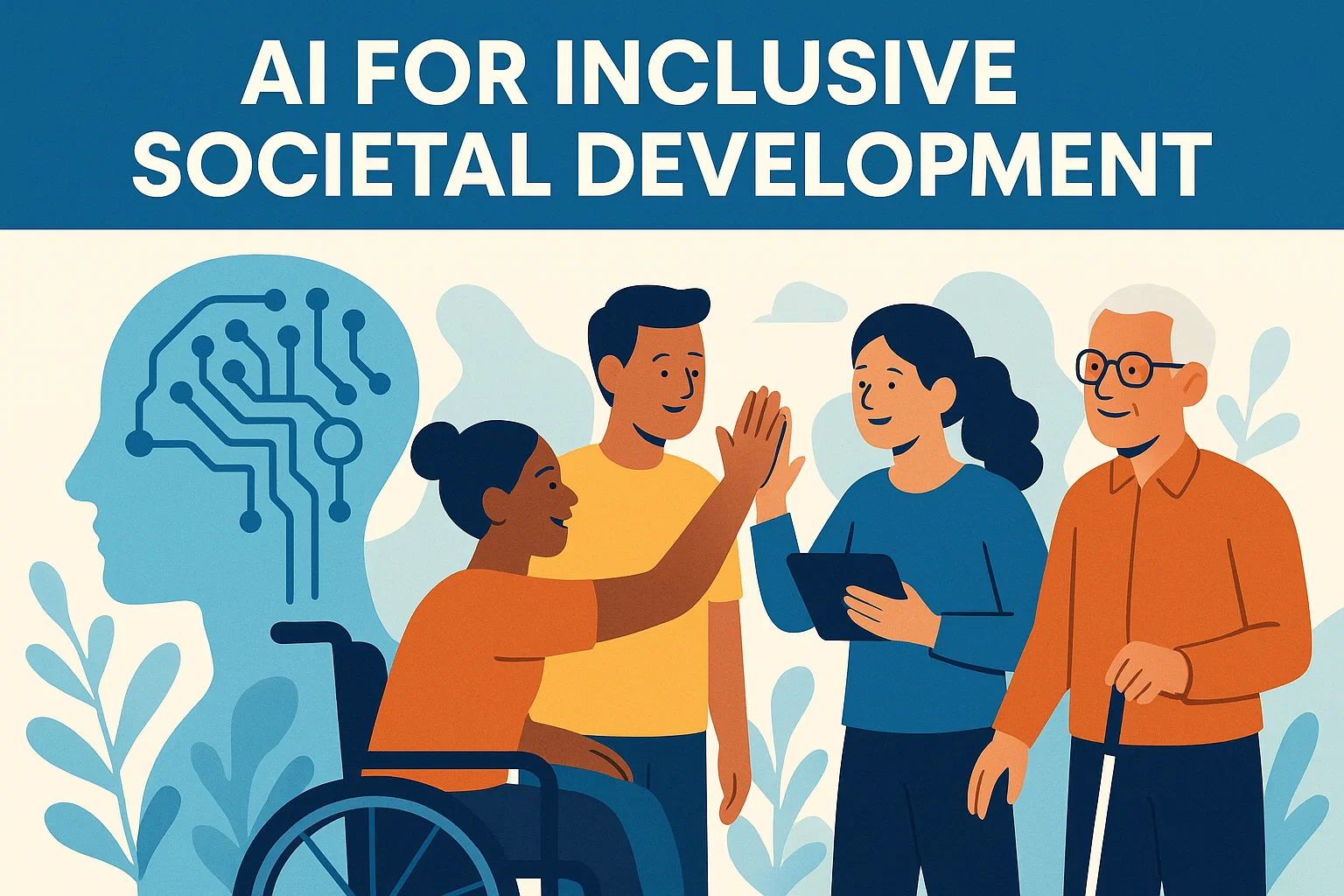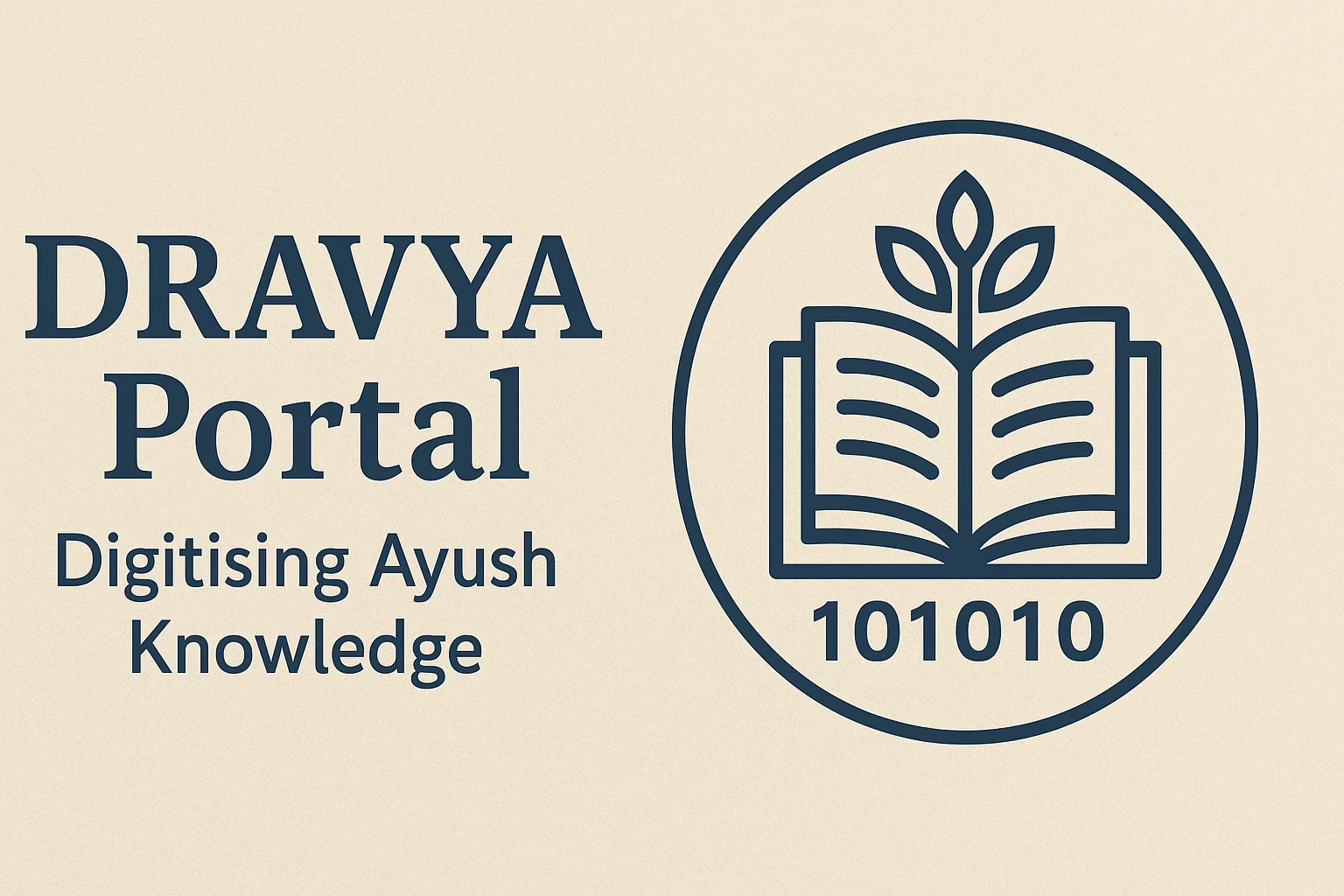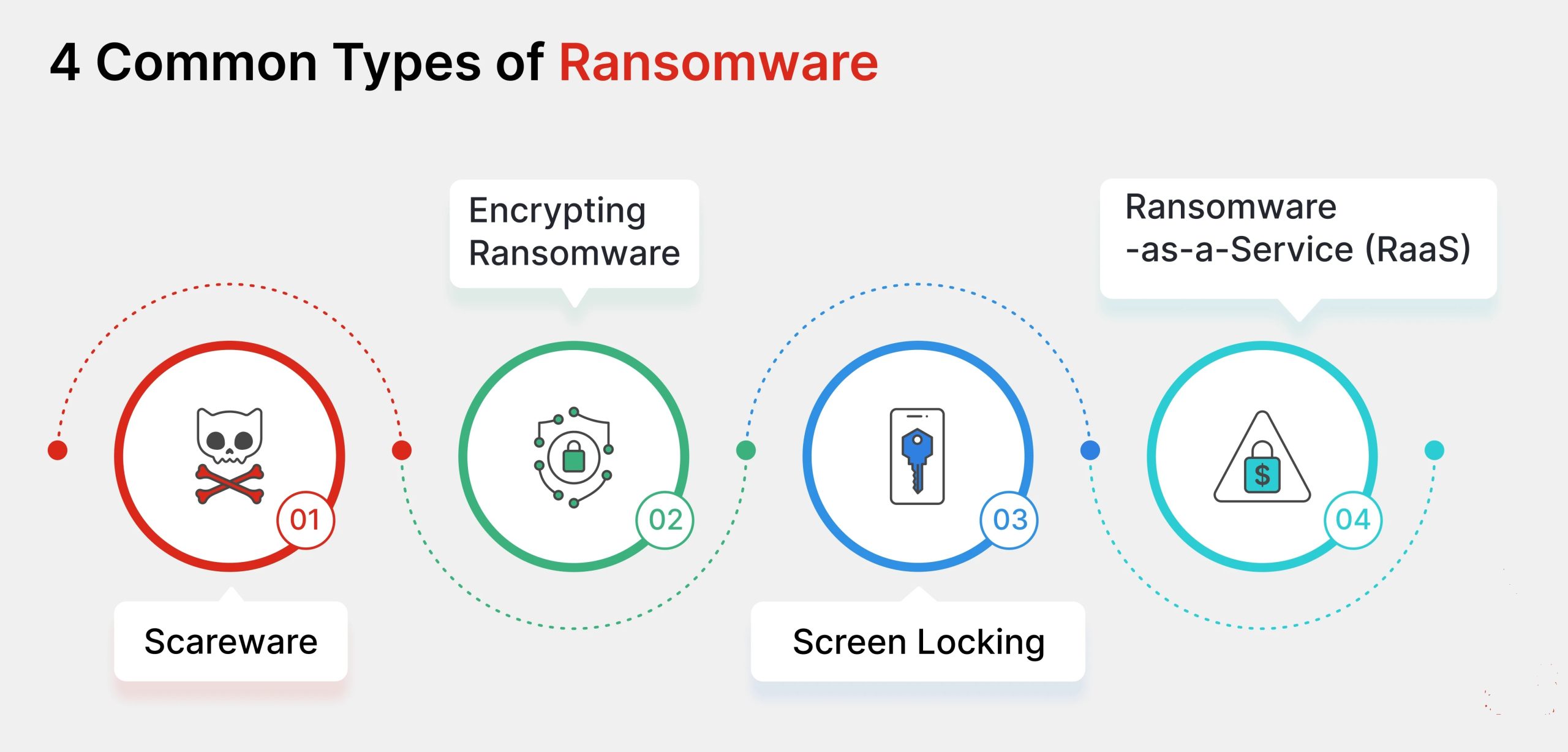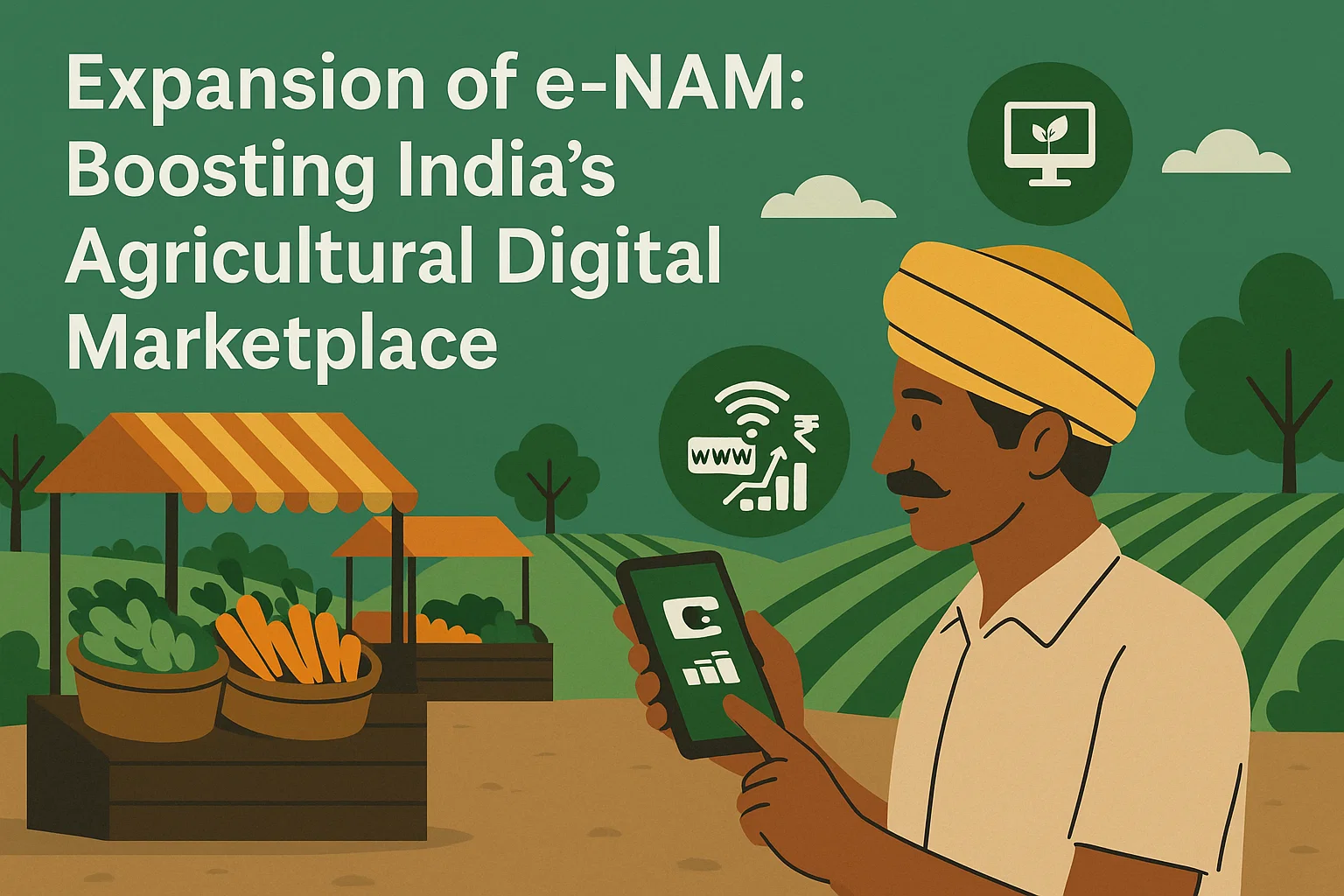India’s Afghan policy shifts towards realism—balancing security, diplomacy, and economic strategy amid changing regional power dynamics.
Introduction
Vivek Katju’s “Relooking at Kabul” (The Indian Express, October 11, 2025) is a sharp prompt to view India’s ties with Afghanistan through a clear, forward-looking lens. The visit of Afghanistan’s Foreign Minister, Amir Khan Muttaqi, to New Delhi has not made the relationship easier, but it has made the choices clearer. India is not embracing the Taliban out of affinity. It is engaging because the map has changed and interests demand presence. The older phase—rich in goodwill projects and hope—gave India visibility but not staying power when the republic fell. The new phase seeks steady leverage without illusions, rooting policy in basic statecraft rather than sentiment. In simple terms, Delhi is choosing realism: keep lines open, guard core interests, and avoid steps that lock the country into commitments it cannot control. That is the essence of a recalibration rather than a reversal.
)
Wider Contest
Any Afghan policy today sits inside a larger great-power contest. Washington has placed Pakistan in a central supporting role along India’s western flank. Beijing’s reach grows through its partnership with Pakistan, links with Iran, and a wider Gulf footprint. Moscow has recognised the Taliban and deepened ties with Tehran. Add Pakistan’s hard opposition to Indian influence near its western borders, and the picture is complex and crowded. In such a field, India must act with a cool head, read the shifts early, and avoid moves that isolate it from key partners or leave it boxed in by rival coalitions.
Calibrated Diplomacy
India’s plan to reopen its embassy in Kabul, but to post only a chargé d’affaires, shows careful signalling. A “chargé d’affaires” is a senior diplomat who heads a mission in the absence of an ambassador. This choice keeps an Indian presence on the ground—vital for information, assistance, and contact—without crossing the line into full recognition. It also keeps India aligned with the broad international view that formal recognition should follow movement on inclusivity and rights. This is diplomacy in small, reversible steps: engage, observe, and adjust. It offers reach without a stamp of approval, and access without being locked to any one power’s script.
On Recognition
A related test is the Afghan embassy in Delhi. Allowing the Taliban to manage it and fly their flag does not equal formal recognition; it acknowledges the basic fact that the Taliban controls all Afghan territory and there is no rival state to deal with. In international practice, such steps often reflect “effective control” rather than “normative approval.” For India, this keeps practical channels open while holding back the legal and political seal that full recognition would imply. It marries ground truth with diplomatic caution.
Measured Silence
New Delhi’s recent public remarks were quiet on human rights, especially the rights of women and minorities. Silence here is not endorsement. It is a tactical choice. The Taliban’s leaders are shaped by a strict religious outlook often described as Deobandi-Wahhabi; outside pressure alone is unlikely to bend those views. Speaking loudly would not change minds, but it could shut doors that India needs for security, aid, and influence. Realpolitik—a policy that deals with the world as it is, not as we wish it to be—asks: where can we move the needle? India seems to be putting energy where results are more likely, even as it keeps concerns alive in quieter channels. It also avoids the common global double standard where wealthier states draw less fire for similar failings. This is not moral retreat; it is agenda control in service of concrete aims.
Shared Security
Security is where India and the Taliban unexpectedly touch. Pakistan once nurtured the Taliban for “strategic depth” against India. But power in Kabul has given the Taliban its own reasons to diverge from Islamabad, not least the presence of the Tehreek-e-Taliban Pakistan (TTP), which targets the Pakistani state. In New Delhi, the phrase “shared threat of cross-border terrorism” was more than a routine line; it hinted that both sides face threats with a common source. No one should expect a formal pact, but limited understandings—avoid giving space to each other’s enemies, pass quiet alerts, draw some red lines—are possible. For India, this opens a narrow but real path to reduce risks that flow from Afghan soil while keeping Pakistan from setting all the terms west of the Indus.
Economic Stakes
India’s long record in Afghan development—dams, roads, schools, and aid—remains an asset. Today, that work is being recast with strategic clarity. Food, health, education, and finishing stalled projects keep people-level ties alive and give India standing beyond the political class. Yet the economic layer with the greatest weight is minerals. Afghanistan holds large, untapped reserves. If this space becomes a sole preserve of China, drawn into the Belt and Road web and bolted to Pakistan’s corridor, India’s room to manoeuvre will shrink further. The point is not to rush in blindly, but to ensure there is at least one non-Chinese route into Afghan resources and infrastructure. That is how Delhi prevents a closed loop forming to its west.
Here, New Delhi also seems to be weighing a limited opening for visas—especially for students and patients—subject to strict vetting. This is simple but powerful statecraft: help ordinary Afghans learn, heal, and link to Indian society. Such links outlast regimes and build a reservoir of goodwill that no rival can easily replace. Over time, these people-to-people ties stabilise relationships and create a base for fair, rules-based business when conditions allow.
People Links
A humane visa policy is not charity; it is strategy wrapped in service. When Afghan students study in Indian universities, or patients receive care in Indian hospitals, they carry back knowledge, trust, and a lived memory of India’s openness. This makes the relationship resilient when politics turn rough. Because migration worries are real, such visas can be time-bound, monitored, and secured. The gain is long-term: hundreds of micro-bridges that together support India’s presence without the baggage of grand projects.
Policy Risks
Engagement brings risks that must be managed, not denied.
One, signal risk: steps like reopening the embassy or hosting senior Taliban leaders may be read as approval by some audiences. India can manage this by keeping its language precise: engage for interests; recognise facts; reserve formal recognition. Repeating this frame reduces misreadings over time.
Two, leverage risk: if India returns visibly without a plan for influence, it could become a convenient donor with little say. That risk is lowered by tying any new economic step to clear, reviewable outcomes, and by keeping options open with partners who share limited goals in Afghanistan, from humanitarian corridors to anti-narcotics tracking. (Here “limited” matters; over-broad coalitions collapse under weight.)
Three, Pakistan risk: a warming working channel between Delhi and Kabul could trigger sharper counter-moves from Islamabad. The answer is quiet steadiness: do not over-claim; do not bait; demonstrate that engagement reduces threats rather than stokes them. The Taliban’s own conflict with the TTP gives India a factual basis to argue that cooperation can cut violence rather than spread it.
Four, values risk: soft-pedalling on rights can corrode India’s voice. That risk is real. The remedy is to separate public tone from practical work. India can keep aiding Afghan girls’ schooling, health services for women, and community-level projects through partners that are acceptable on the ground. Quiet delivery, not loud slogans, preserves both conscience and access.
Five, China risk: if New Delhi hesitates too long on economic options, others will fill the field. But rushing in could trap Indian firms in opaque contracts or weak protections. The middle course is pilot projects with strong due diligence, multilateral insurance where possible, and a bias for transport, health tech, and power segments that return public value even in lean times.
Practical Grammar
The grammar of this policy is simple. Keep presence without premature recognition. Use access to build leverage. Convert leverage into security reduction (less spill-over terror, fewer safe havens) and people gains (education and health). Protect autonomy by avoiding over-reliance on any single power’s money or route. And always measure steps against a plain question: does this move reduce risk and increase India’s say in outcomes six months and six years from now?
Some terms used often in this debate need plain meanings. Realpolitik means acting on interests and power realities, not on hopes or ideals alone. Chargé d’affaires is the head of mission when no ambassador is posted, keeping the flag up while signalling caution. Deobandi-Wahhabi refers to strict schools of Islamic thought that shape the Taliban’s social rules; knowing the term helps explain why outside lectures have limited effect. When we use such terms, the test is not whether they sound sophisticated, but whether they explain outcomes.
Pragmatic Future
The way ahead is not to wait for perfect conditions, but to work with what exists. The Taliban is the authority in Kabul; no rival government stands ready to replace it. Pakistan remains an adversarial actor; its own contradictions limit its control in Afghanistan. China and Russia will keep shaping options on the ground. In this setting, India’s best tool is patient, layered engagement that earns trust, manages risk, and keeps doors open in every direction.
The closing logic echoes the argument made in “Relooking at Kabul”: India does not need to applaud the rulers of Kabul to protect its interests there. It needs to be present, clear, and steady. It needs to speak less about what should be and work more on what can be shaped—whether that is better information flows, safer borders, or projects that bring ordinary Afghans into stable contact with India. If New Delhi sustains this balance—measured diplomacy, selective pressure, vigilant security cooperation, and humane people links—it will not remove all dangers. But it will ensure that the dangers do not decide the relationship on their own. That is what a true recalibration looks like: modest in tone, firm in purpose, and clear about the long game.
Subscribe to our Youtube Channel for more Valuable Content – TheStudyias
Download the App to Subscribe to our Courses – Thestudyias
The Source’s Authority and Ownership of the Article is Claimed By THE STUDY IAS BY MANIKANT SINGH
)

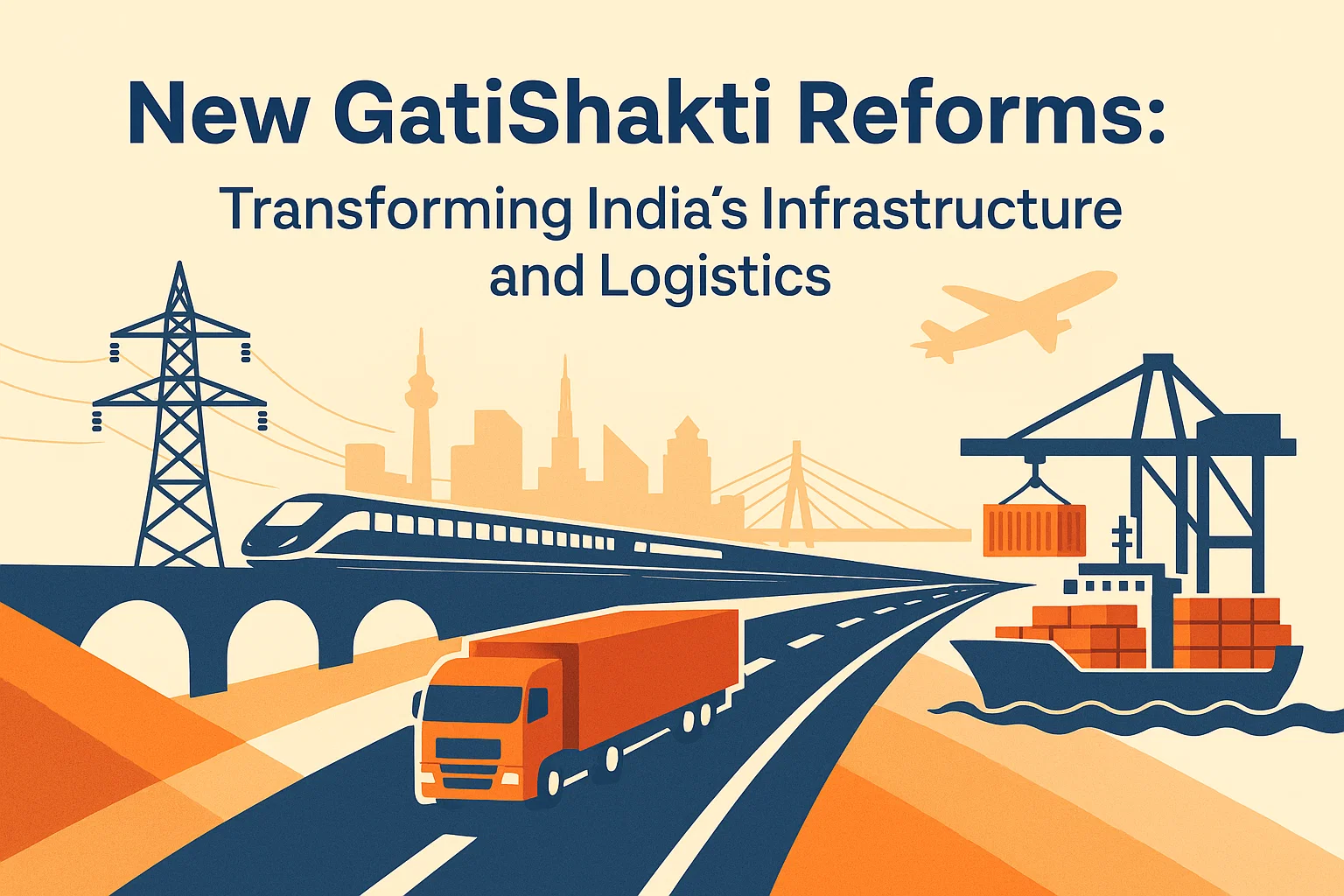
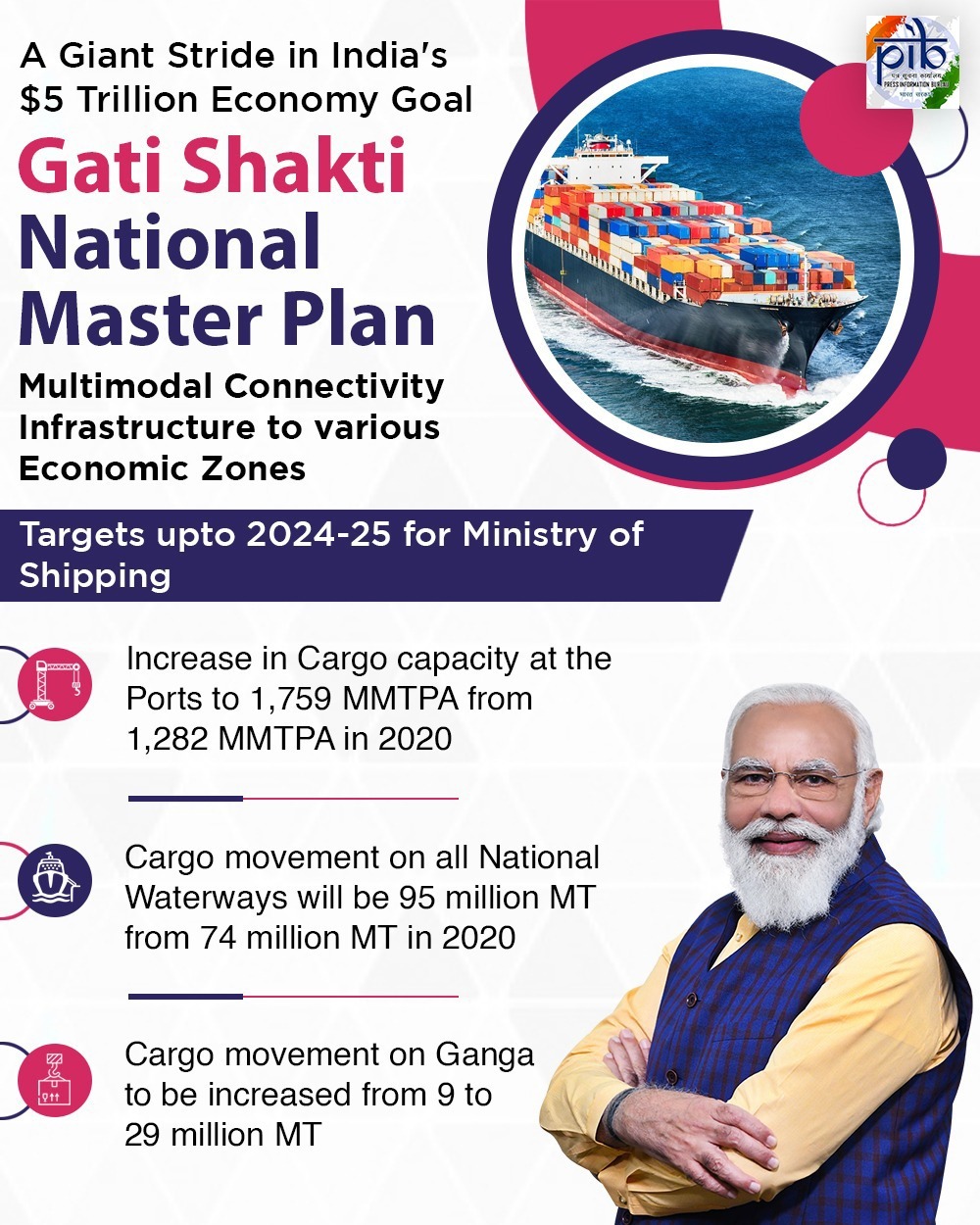
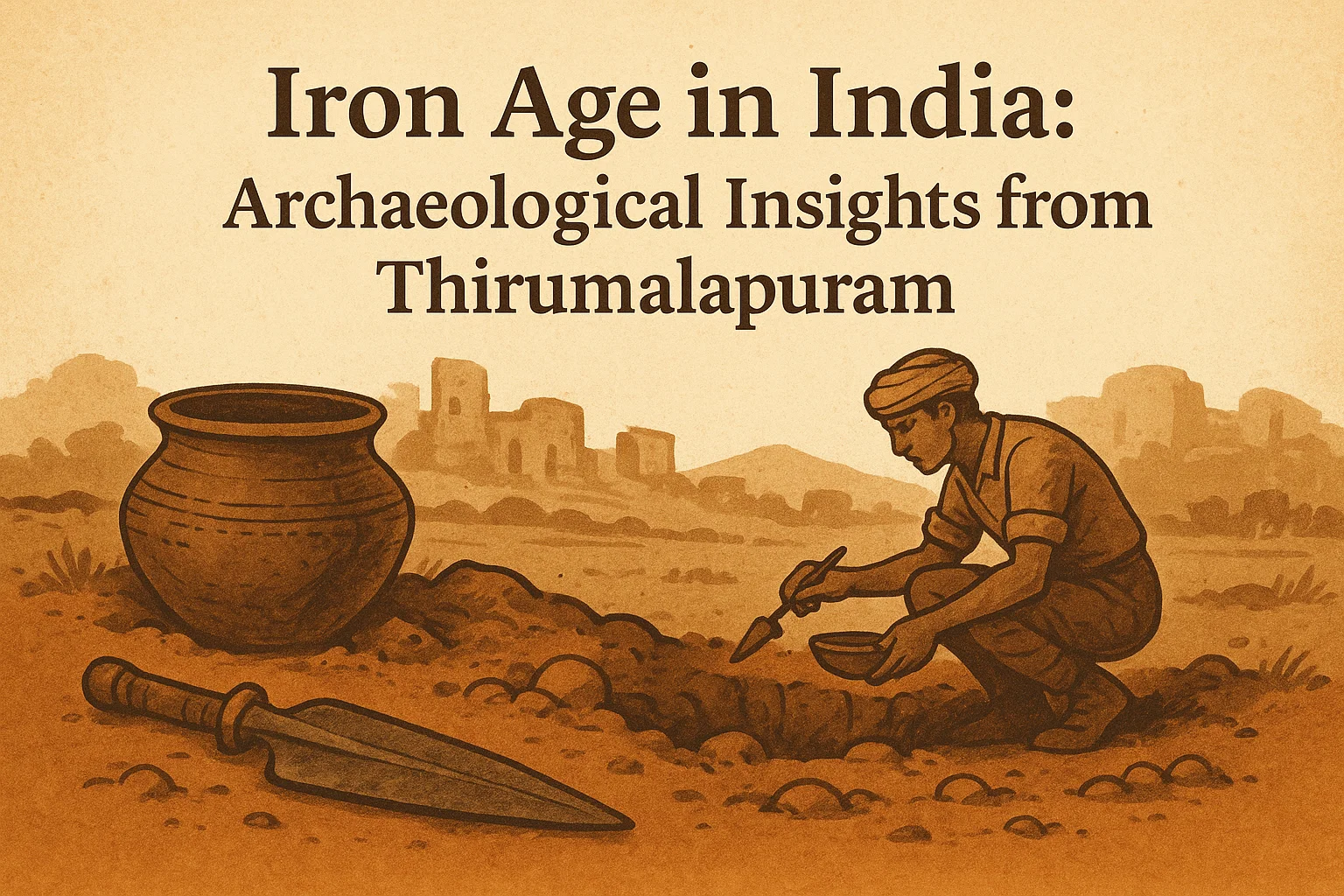





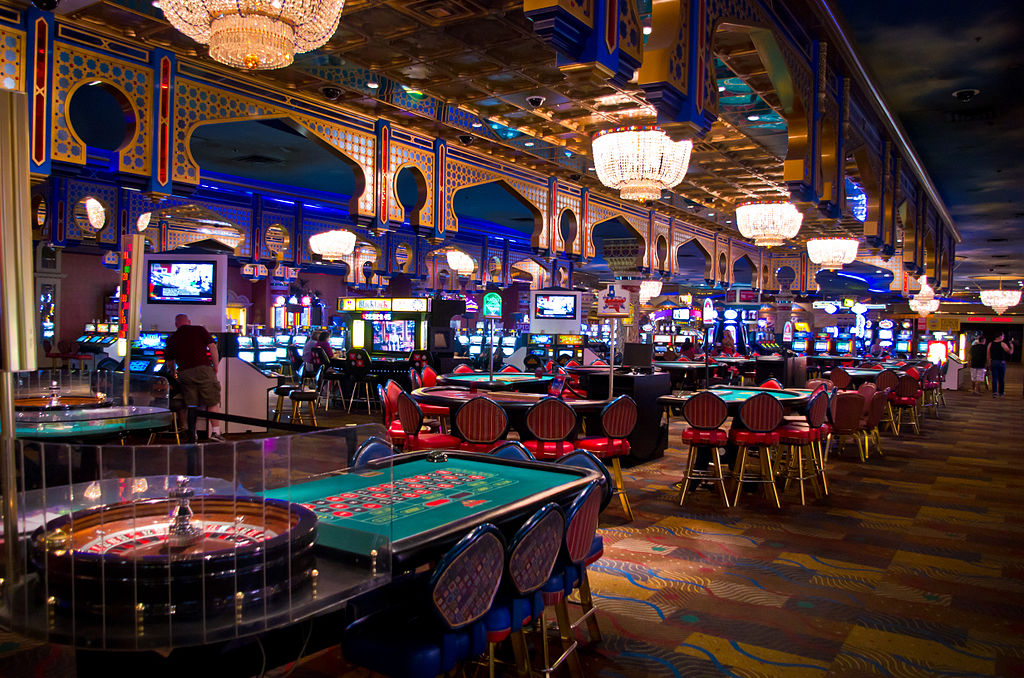


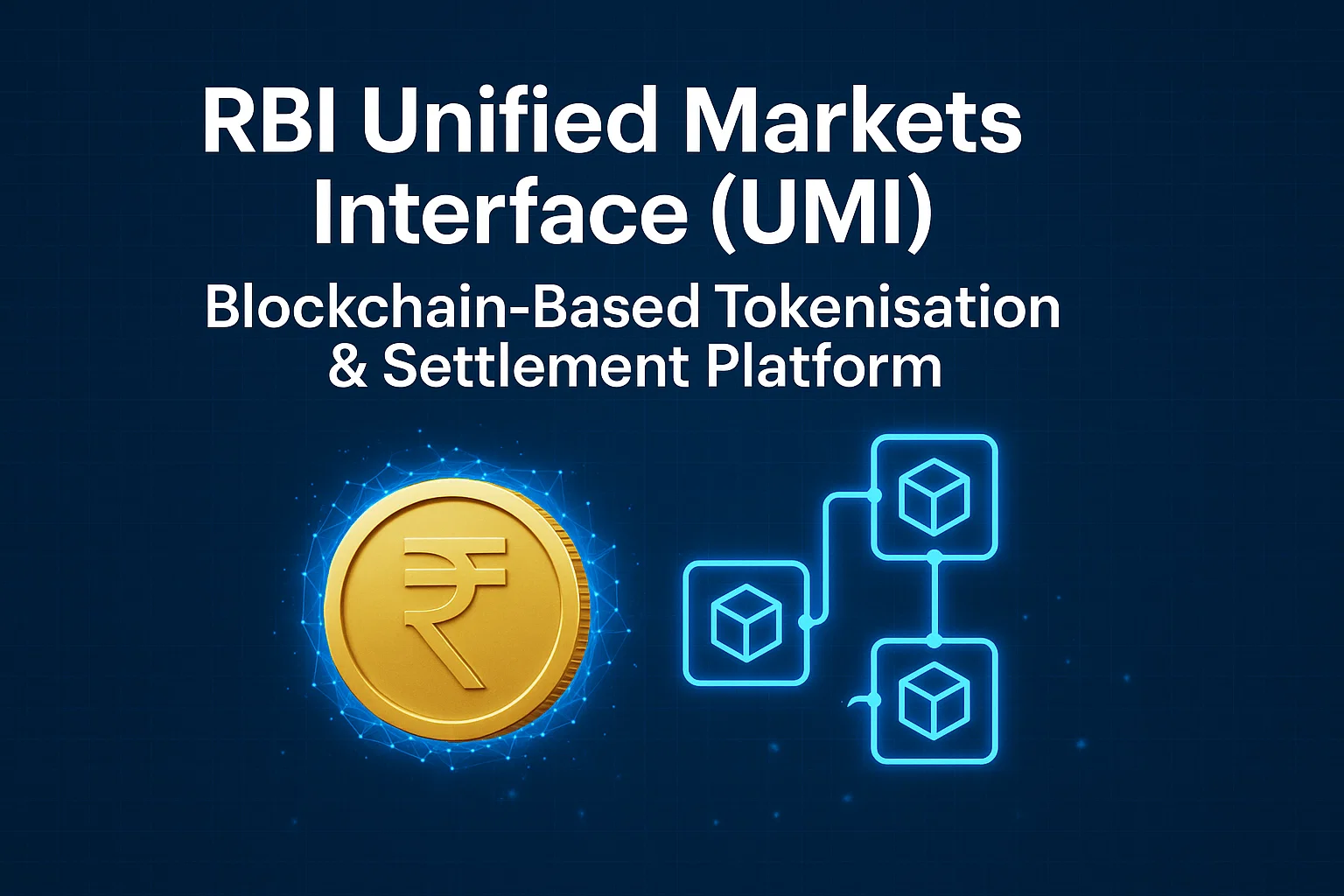

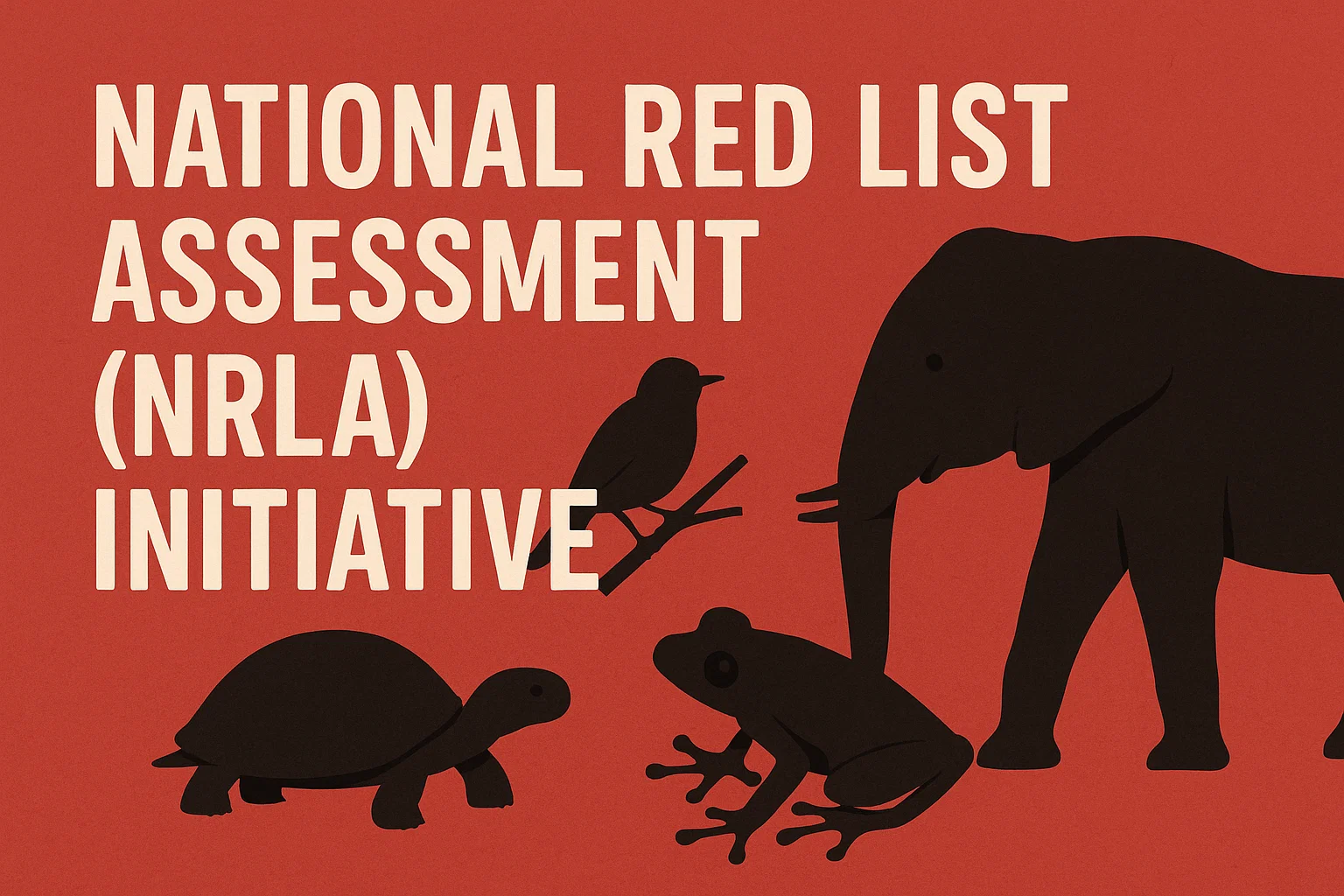
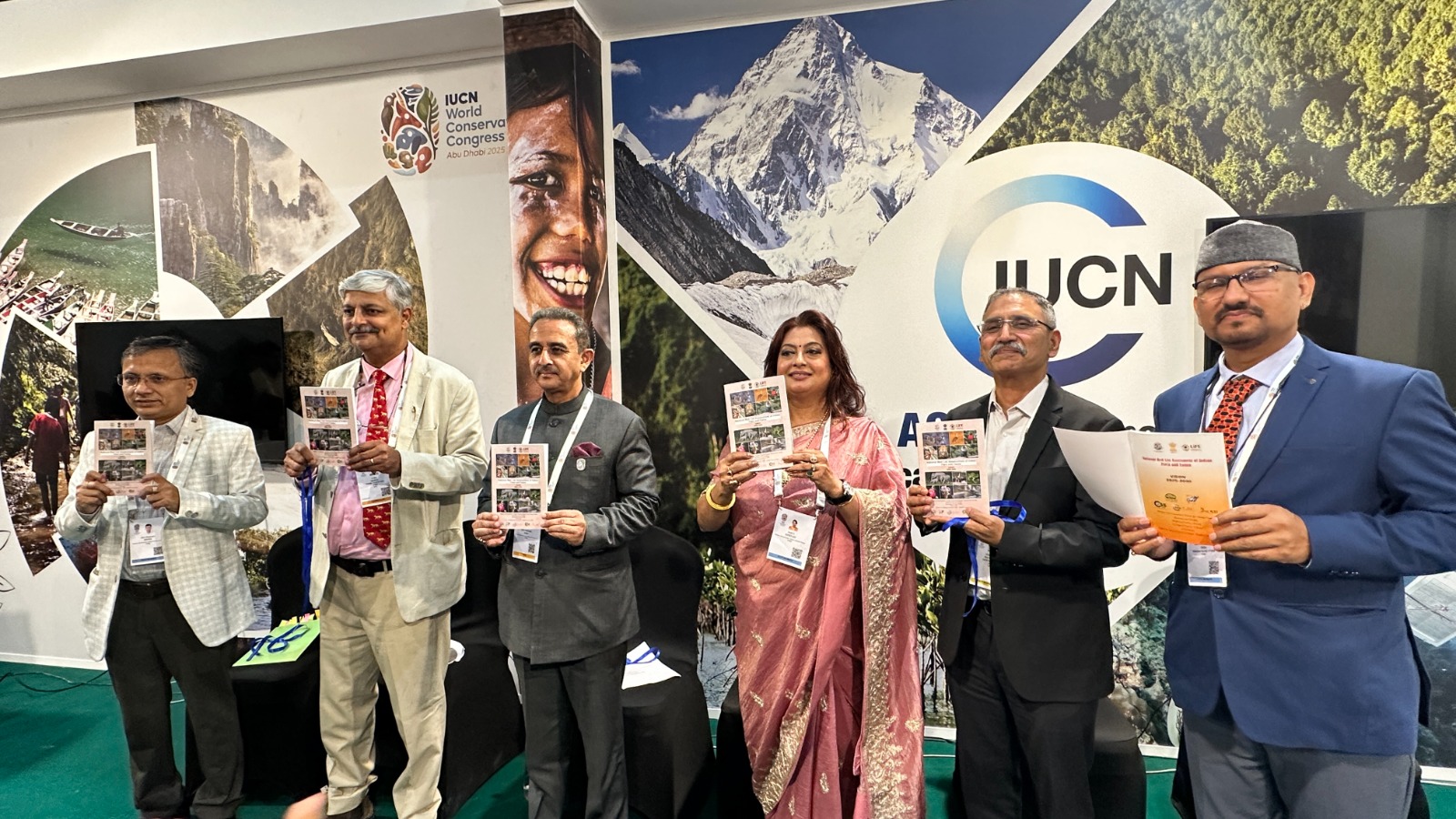
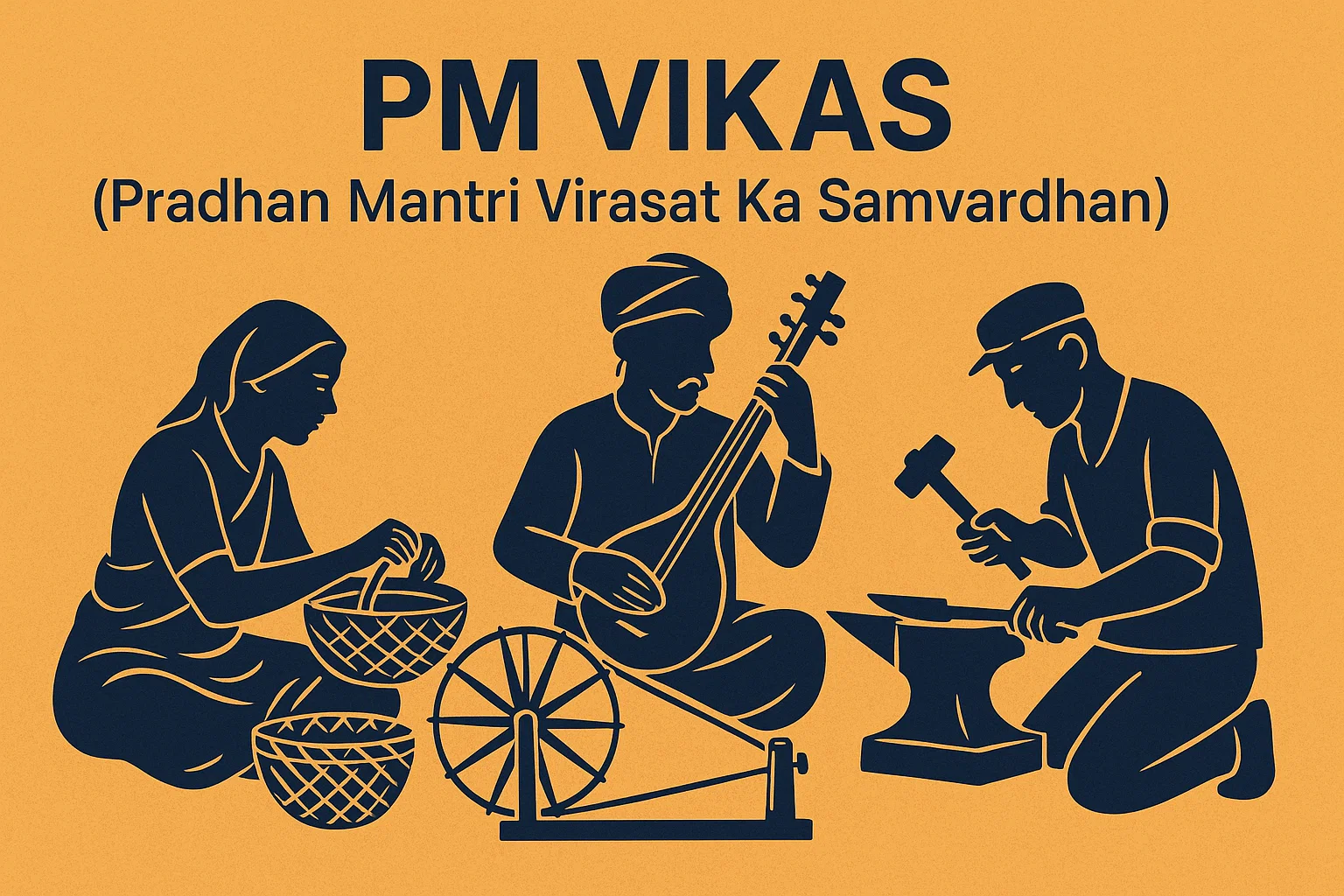
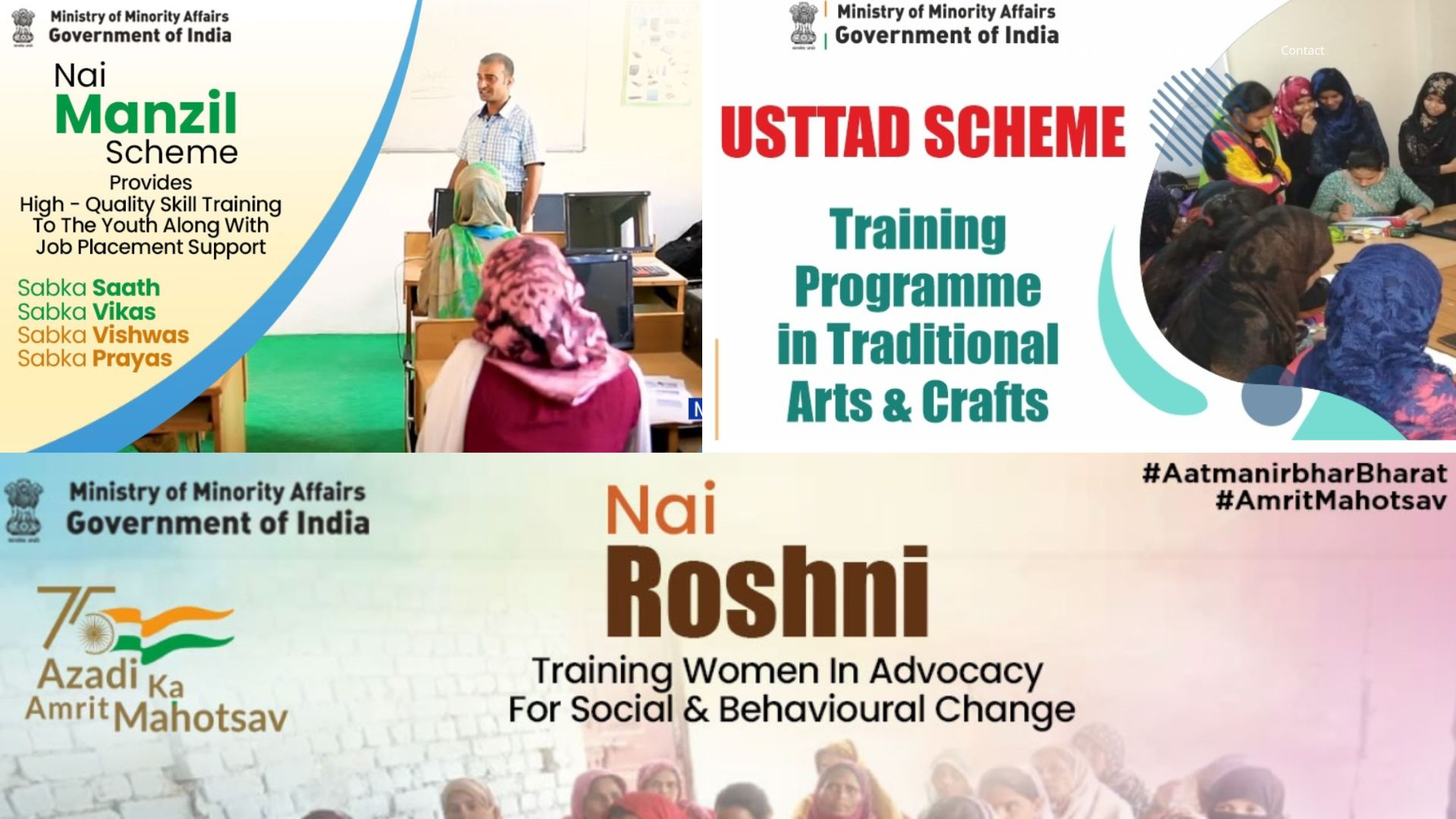
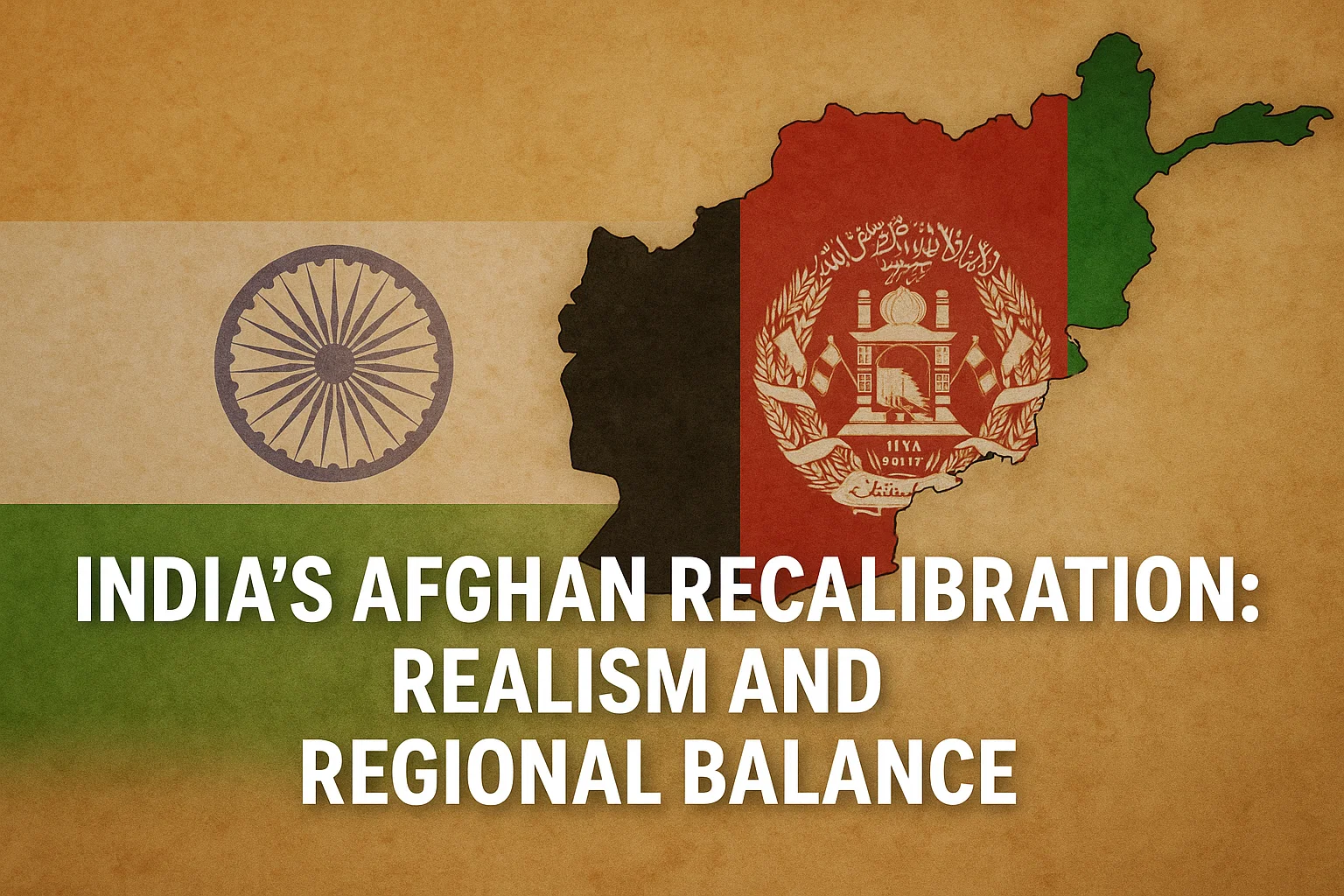
)
